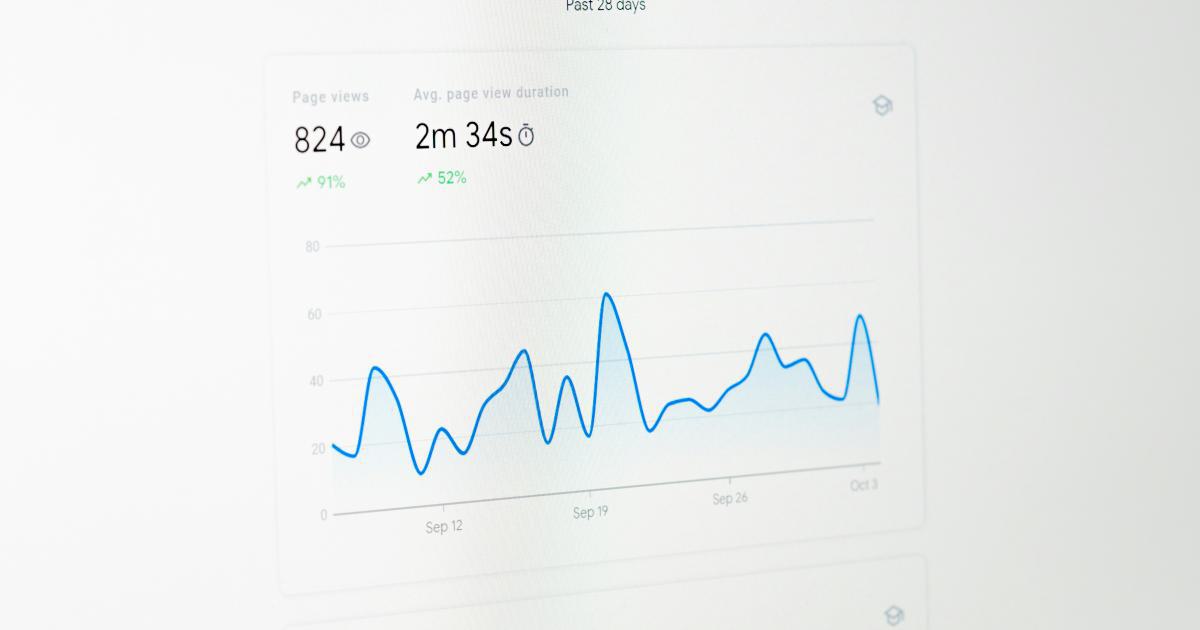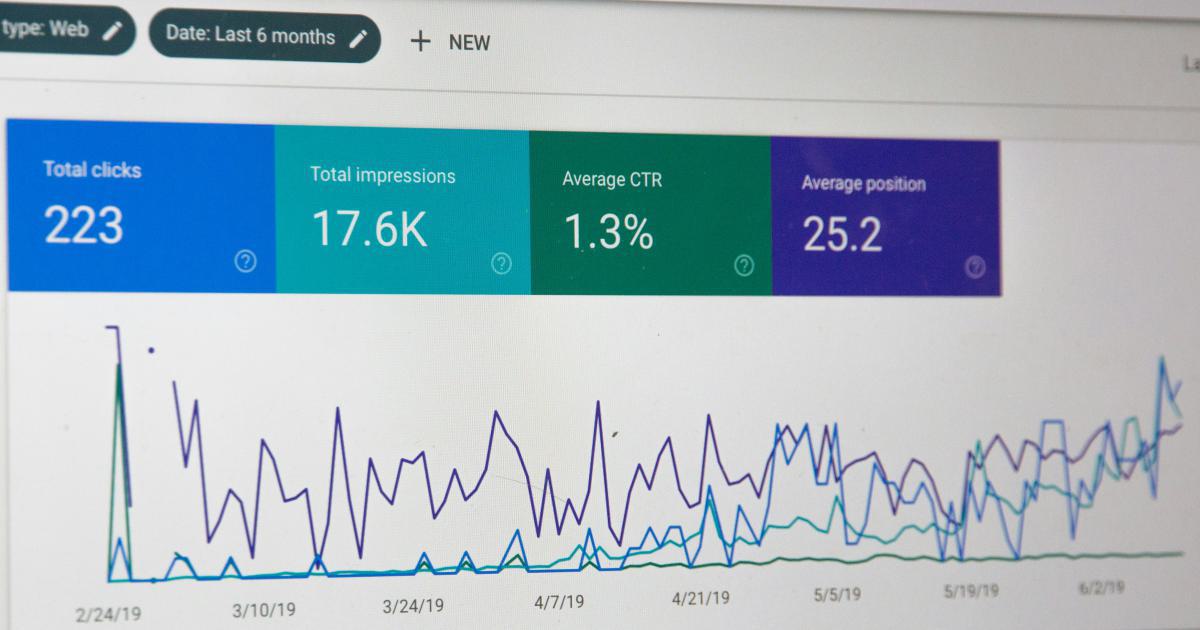Amplify Traffic with Audience Segmentation Metrics Mastery


Understanding the Power of Audience Segmentation Metrics
In the ever-evolving digital landscape, understanding your audience is the key to unlocking exponential growth. While many businesses focus on broad marketing strategies, the true power lies in mastering audience segmentation metrics. By delving deep into the data and gaining a granular understanding of your target segments, you can create tailored experiences that captivate and convert.

Audience segmentation is the process of dividing your overall audience into smaller, more manageable groups based on specific characteristics and behaviors. This allows you to identify unique needs, preferences, and pain points within each segment, enabling you to craft personalized messaging and strategies that resonate on a deeper level.
One of the critical components of audience segmentation is the use of audience segmentation metrics. These metrics provide the data-driven insights needed to understand the intricacies of your target audience, empowering you to make informed decisions and optimize your marketing efforts.
Delving into Audience Segmentation Metrics
Audience segmentation metrics can be divided into several key categories, each offering a unique perspective on your audience's behavior and engagement. Let's explore some of the most crucial metrics to master:
Demographic Metrics
Demographic metrics provide the foundational information about your audience, such as age, gender, location, income, and education level. These insights help you understand the basic characteristics of your target segments and tailor your messaging accordingly.

For example, a fitness apparel brand targeting young, health-conscious millennials would have very different messaging and marketing strategies compared to a brand catering to older, retired individuals.
Psychographic Metrics
Psychographic metrics go beyond the surface-level demographic data, delving into the deeper aspects of your audience's interests, values, and lifestyles. These metrics can include information about their hobbies, shopping habits, media consumption, and even their attitudes and beliefs.

Understanding the psychographic profile of your audience allows you to create content, offers, and experiences that align with their core values and motivations, fostering a stronger emotional connection.
Behavioral Metrics
Behavioral metrics focus on the actions and interactions your audience takes with your brand, such as website visits, content engagement, purchase history, and customer lifetime value. These metrics provide insights into how your audience interacts with your products or services, helping you identify patterns and optimize the customer journey.

By analyzing behavioral metrics, you can uncover which marketing channels and tactics are most effective, which products or services are most popular, and where potential roadblocks or friction points exist in the customer experience.
Engagement Metrics
Engagement metrics measure the level of interaction and involvement your audience has with your brand. This can include metrics like email open rates, social media activity, video views, and lead conversion rates.

These metrics are particularly valuable in understanding the effectiveness of your content and marketing strategies, as well as identifying which segments are most responsive to your efforts.
Conversion Metrics
Conversion metrics focus on the ultimate goal of your marketing efforts: driving desired actions and measurable results. These metrics include website conversions, e-commerce sales, lead generation, and other key performance indicators (KPIs) that align with your business objectives.

By closely monitoring conversion metrics, you can identify the most valuable audience segments, optimize your sales funnel, and make data-driven decisions to improve your return on investment (ROI).
Leveraging Audience Segmentation Metrics for Maximum Impact
Now that we've explored the various types of audience segmentation metrics, let's dive into how you can leverage these insights to amplify your marketing efforts and drive remarkable results.
Personalize Your Content and Messaging
One of the most powerful applications of audience segmentation metrics is the ability to personalize your content and messaging. By understanding the unique needs, preferences, and pain points of each audience segment, you can craft tailored experiences that resonate on a deeper level.

For example, if your data shows that a particular segment of your audience is highly interested in sustainability, you can create content that highlights your brand's eco-friendly initiatives and how your products or services align with their values. This level of personalization not only builds trust and loyalty but also significantly improves engagement and conversion rates.
Optimize Your Marketing Channels and Tactics
Audience segmentation metrics can also help you identify the most effective marketing channels and tactics for each of your target segments. By understanding where your audience spends their time, how they prefer to consume content, and which platforms they engage with the most, you can allocate your resources more efficiently and achieve better results.

For instance, if your data shows that a particular segment is highly active on Instagram, you can focus your efforts on creating visually-appealing content and running targeted Instagram ad campaigns to reach them more effectively. Conversely, if another segment is more responsive to email marketing, you can invest more time and resources into developing a robust email marketing strategy tailored to their preferences.
Enhance the Customer Experience
Audience segmentation metrics also play a crucial role in enhancing the overall customer experience. By understanding the unique pain points, preferences, and behaviors of each audience segment, you can create personalized experiences that address their specific needs and seamlessly guide them through the customer journey.

This can involve tailoring the user interface, product recommendations, customer service, and even the tone and language used in your communications. By providing a personalized and frictionless experience, you can build stronger customer loyalty, increase customer lifetime value, and drive long-term growth.
Optimize Your Product and Pricing Strategies
Audience segmentation metrics can also inform your product and pricing strategies. By understanding the unique needs and purchasing behaviors of each audience segment, you can ensure that your product offerings and pricing models are aligned with their preferences and willingness to pay.

For example, if your data shows that a particular segment is highly price-sensitive, you can offer more affordable product options or introduce tiered pricing plans that cater to their budgetary constraints. Conversely, if another segment is willing to pay a premium for high-quality or exclusive products, you can strategically position your offerings to capitalize on their desire for premium experiences.
Improve Your Targeting and Acquisition Efforts
Audience segmentation metrics can also be leveraged to enhance your targeting and acquisition strategies. By understanding the characteristics, behaviors, and preferences of your most valuable audience segments, you can more effectively identify and reach new potential customers who share similar traits.

This can involve techniques like lookalike modeling, where you use your existing customer data to identify and target new prospects with similar profiles. It can also involve refining your ad targeting, content distribution, and outreach strategies to better align with the specific needs and behaviors of your target segments.
Foster Stronger Customer Relationships
Finally, audience segmentation metrics can help you foster stronger, more meaningful relationships with your customers. By understanding the unique needs and preferences of each segment, you can tailor your communication, engagement, and loyalty programs to build deeper connections and increase customer retention.

This can involve personalized email campaigns, targeted product recommendations, exclusive offers or experiences, and even proactive customer support that anticipates and addresses the specific needs of each audience segment. By creating a sense of personalized value and connection, you can cultivate brand loyalty and advocacy, driving long-term growth and success.
Implementing Audience Segmentation Metrics: A Step-by-Step Guide
Now that we've explored the power of audience segmentation metrics, let's dive into a step-by-step guide on how to implement these insights effectively within your organization.
Step 1: Collect and Analyze Your Data
The first step in leveraging audience segmentation metrics is to collect and analyze the relevant data. This can involve gathering information from a variety of sources, such as web analytics, customer relationship management (CRM) systems, social media platforms, and market research.

Ensure that you have a comprehensive understanding of your audience's demographics, psychographics, behaviors, engagement, and conversion metrics. This will provide the foundation for your segmentation efforts and enable you to make informed decisions.
Step 2: Identify Your Audience Segments
With the data collected, the next step is to identify your key audience segments. This can involve clustering your audience based on shared characteristics, behaviors, or other relevant criteria. Consider factors such as:
- Demographic attributes (age, gender, location, income, education, etc.)
- Psychographic traits (interests, values, lifestyle, attitudes, etc.)
- Behavioral patterns (website interactions, purchase history, content consumption, etc.)
- Engagement and conversion metrics (email open rates, social media activity, lead generation, etc.)

By grouping your audience into distinct segments, you can gain a deeper understanding of their unique needs, preferences, and pain points, which will inform your marketing strategies.
Step 3: Develop Personalized Strategies for Each Segment
With your audience segments identified, the next step is to develop personalized strategies for each one. This involves crafting tailored content, messaging, offers, and experiences that resonate with the specific needs and preferences of each segment.

Consider factors such as:
- Preferred communication channels and content formats
- Messaging and tone that aligns with their values and interests
- Relevant product or service offerings that address their specific needs
- Targeted promotions, discounts, or loyalty programs
By delivering personalized experiences, you can foster stronger connections, increase engagement, and drive higher conversion rates.
Step 4: Continuously Monitor and Optimize
Audience segmentation is an ongoing process, and it's essential to continuously monitor and optimize your strategies based on the insights you gather. Regularly review your audience segmentation metrics, analyze their performance, and make adjustments as needed.

This may involve:
- Refining your audience segments as new data emerges
- Testing and iterating on your personalized content and messaging
- Exploring new marketing channels or tactics that resonate with specific segments
- Identifying and addressing any pain points or friction in the customer journey
By maintaining a data-driven, iterative approach, you can ensure that your audience segmentation efforts remain effective and continue to drive meaningful results.
Conclusion: Unlock the Power of Audience Segmentation Metrics
In the dynamic digital landscape, audience segmentation metrics are the key to unlocking remarkable growth and success. By deeply understanding the unique characteristics, behaviors, and preferences of your target audience, you can create personalized experiences that captivate and convert.

From personalized content and messaging to optimized marketing strategies and enhanced customer experiences, audience segmentation metrics empower you to make informed decisions, drive measurable results, and foster stronger, more meaningful relationships with your customers.
Embrace the power of audience segmentation metrics and unlock your brand's true potential. By mastering this crucial discipline, you'll be well on your way to amplifying your traffic, boosting your conversions, and achieving sustainable, long-term growth.